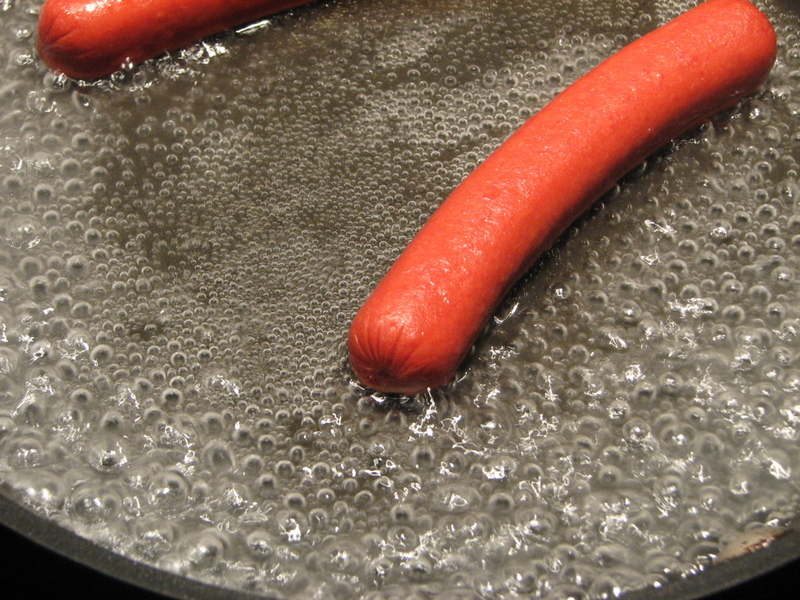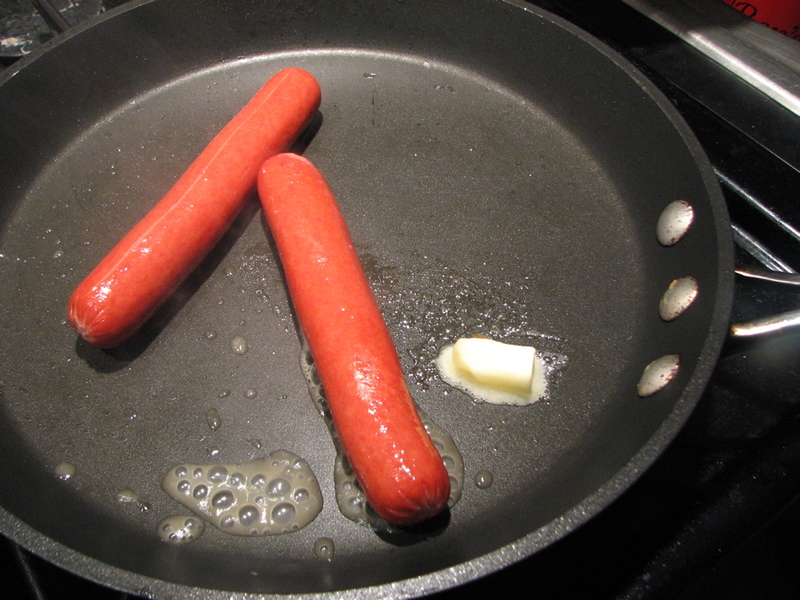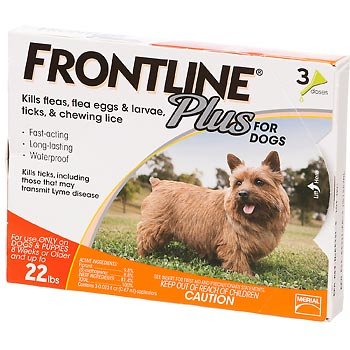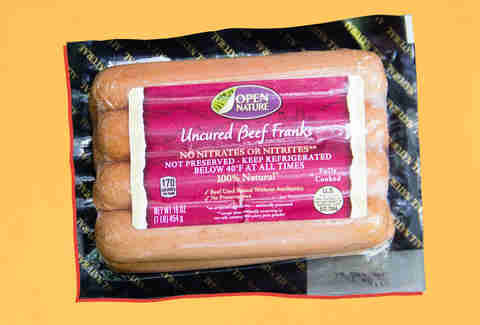A true companion dog, the Bolognese dog breed loves to be at his family’s side. However, he also loves getting his way and can be quite crafty about it, so be careful — you could find yourself being manipulated by a 10-pound furball.
See below for complete list of Bolognese characteristics!
Comical and curious, this intelligent and devoted dog loves to spend time with his people, whether it's going for walks, running errands, or playing with the kids. A member of the Bichonfamily of white, fluffy dogs — he's also known as the Bichon Bolognese — he originated in the Italian city of Bologna, from which he takes his name. He excels at manipulating people to get his way, and can be difficult to housetrain, so be patient and consistent.Size
Males stand 10 to 12.5 inches at the shoulder, females are 9 to 12 inches. The typical weight range is 8 to 14 pounds. The ideal Bolognese falls in the middle of the height and weight range.
No, he’s not a tasty Italian sauce. The Bolognese, like his cousin the Bichon Frise, is a tiny white dog with curly hair. Unlike the Bichon, the Bolognese's hair flows in long, wavy locks, giving him the look of a fairy tale dog fallen ever so slightly on hard times. Sometimes a bit shy, he's something of a one-person dog, never happier than when he's in your lap.
Looking out of a fluffy ringletted body are round dark eyes that draw you in with their sweet expressiveness. Beneath that cloud of curls, the Bolognese is a sturdy little dog who loves to have fun. He doesn’t need long walks every day, but if that’s what you want to do, he’s right there with you, willing and able. If being a couch potato is more your style, he’s good with that, too. He is curious, comical, devoted and smart.
The Bolognese, sometimes known as the Bichon Bolognese, is one of several little white dogs that have been known in the Mediterranean for at least 2,000 years. You may be familiar with his cousins: the Bichon Frise, the Coton de Tulear, theMaltese, the Havanese. The dog was popular at ducal courts in Italy, in particular, Bologna, from where he takes his name.
If you're the kind of person who can't tell an adorable little white fluffball "no," you're going to have some problems with your adult Bolognese. Of course you can spoil him; that's what toy dogs are for, but giving him lots of love and attention, along with the softest spot in the house (your lap, most likely) doesn't mean you have to let him get away with nipping, snapping or nuisance barking. Make sure he knows the rules, and enforce them gently and consistently from day one, and he'll be a prince without being a tyrant.
Although the Bolognese can be a wonderful family pet, this may not be the right breed for families with young children. These dogs can easily be injured if play is too rough or even snap at a child if frightened. However, they love children, so as long as play is supervised and the children are gentle, dog and child can be fast friends.
The curly coats of these lively little dogs require daily brushing and occasional professional grooming. Neglected coats become matted, which is painful and can lead to serious skin infections.Other Quick Facts
- Works of art that feature the Bolognese include a Titian portrait of Federico Gonzaga, Duke of Mantua, which hangs in Madrid’s Prado Museum; paintings by Goya and Watteau; and 17th-century Flemish tapestries.
- When you look at a Bolognese, you should see a small, stocky dog with a squarish body covered in a long, fluffy white coat. He has a large black nose, dark round eyes and long ears that hang down. His tail curves over his back.
Did You Know?
You may have heard these dogs' non-shedding coats make them a "non-allergenic" breed, but that's not true. It's a dog's dander – flakes of skin – that triggers allergic reactions, not the coat. The non-shedding coat means less dander in the environment and sometimes fewer allergic reactions. But they still produce dander, and can still cause an allergic reaction.



 The flea collars work best when combined with another treatment method such as shampoos or topical medications.
The flea collars work best when combined with another treatment method such as shampoos or topical medications.
 Frontline Plus
Frontline Plus K9 Advantix II
K9 Advantix II Vectra 3D
Vectra 3D PetArmor
PetArmor Bayer Advantage II
Bayer Advantage II




































